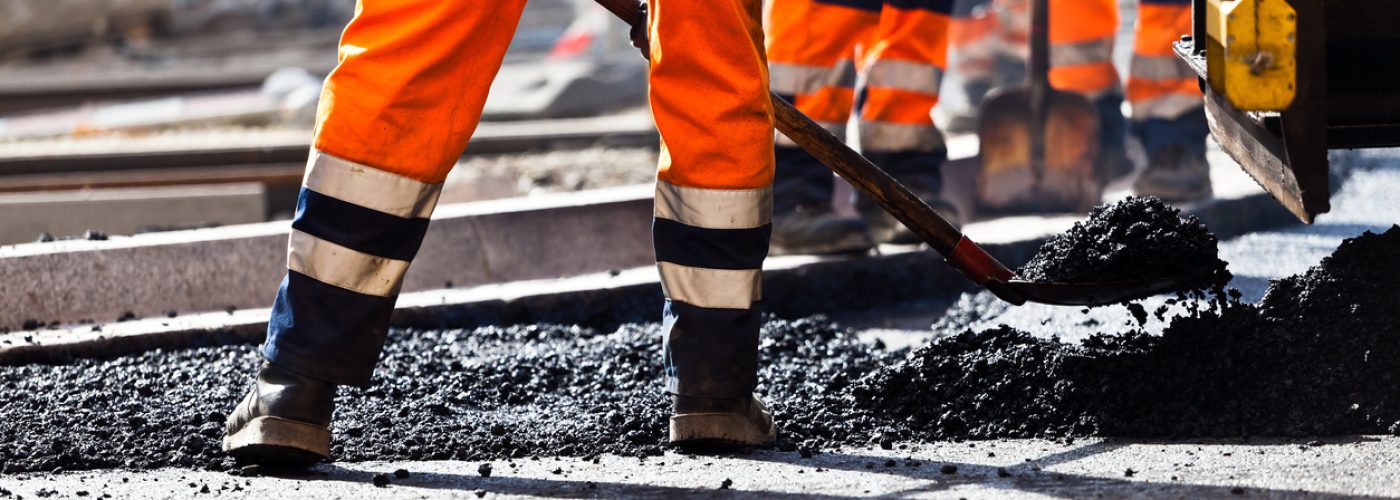Workers in the road construction and excavations industry constantly face hazards throughout their working day and many unfortunately become victims of accidents. However, recent years have seen an increase in many safety measures such as detailed site inspections, wearing high visibility clothing and the use of barriers around open trenches.
Road Construction
Due to the use of generators and improved lighting, road construction has seen an emphasis on work being carried out at night in areas where there are usually high volumes of traffic during daylight hours. This enables the use of large machinery without hindering the traffic and reduces the risk of injury to the workers. Road repair often has to deal with the hazard of speeding traffic in addition to workers being constantly aware of where excavating machinery is operating. Common injuries include being hit by vehicles, becoming trapped between machines or being struck as an excavator truck overturns. The weather can also play a part with heavy rain, fog and ice can contributing to poor working conditions.
Excavations
Deep excavations are particularly hazardous if the sides are not securely fixed. Safety requirements insist on regular inspections being carried out at the beginning and end of each working day and work should never begin until any necessary maintenance to the safety structures has been carried out. Landslips of unstable earth piled too near an excavation can bury workers and the edges of a large hole can sometimes not bear the weight of machinery causing it to overturn. Before any work begins in an area, detailed site analysis should take place to determine the type of soil and predict the effect of the weather, for instance, heavy rain causing instability. The locations of underground obstacles have to be clearly mapped to prevent damage to the services and to prevent accidents from a build up of gas or the danger of electrocution. Natural hazards such as underground streams must also be located before work can start.
Safety Clothing
One of the most significant improvements has been the introduction of high visibility clothing in yellow or orange material. With additional reflective panels, it gives a certain degree of visibility even in foggy conditions. Some materials are coated to create a water resistant surface to make working in bad weather more comfortable. Footwear, including waterproofed boots, has been redesigned with improved heavy duty soles that are resistant to hazardous substances and metal toe caps. The enforced wearing of hard safety helmets in particular has contributed to reducing the severity of on site accidents. These are adapted to suit particular working areas, such as including secure chin straps for working at height. For severe cold weather, thermal linings are available to wear inside the safety helmets.
Barriers
To protect not only workers, but members of the public, from falling into excavations, secure barriers and guard rails should be placed that are clearly visible and not causing any unnecessary obstruction. Steel road plates, or trench sheets, can be used to cover open excavations. Heavyweight fluorescent bollards and warning lights, which are particularly useful in fog, are used to help prevent vehicles driving into the lanes that are under construction.





